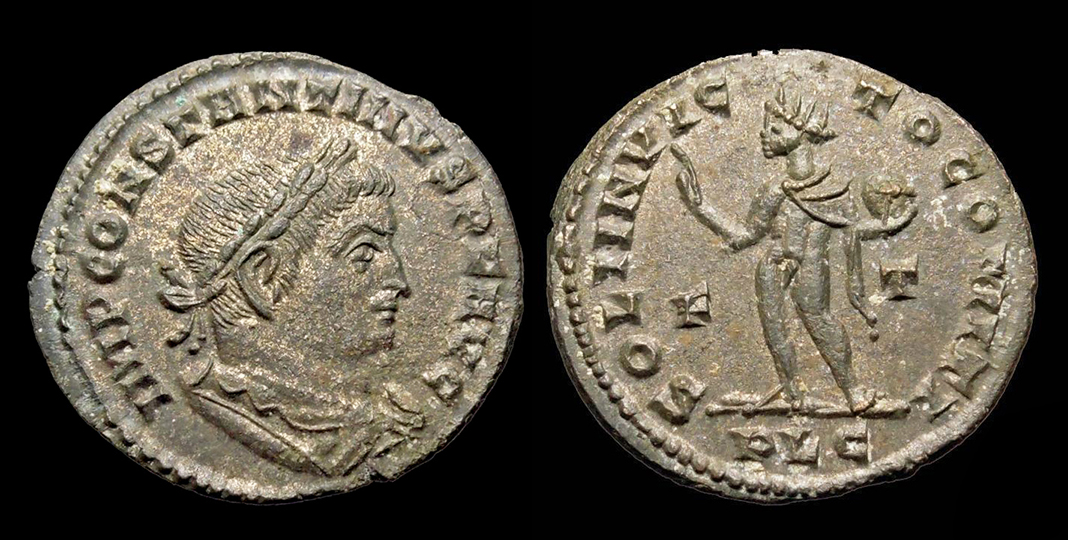

Constantinople was inaugurated on 11 May 330, not so much a “new capital” as an imperial residence and monument to the emperor's greatness. To celebrate his victory over Licinius he founded a new city on the site of ancient Byz. Constantine reformed the coinage, issuing a gold solidus that remained the standard coin through the 11th C. At court, officials such as the comes rei privatae, comes sacrarum largitionum, and magister officiorum, wielded great power as heads of large amorphous bureaus, while magistri militum commanded the army, increasingly dominated by the comitatenses. He organized the entire empire into three or four prefectures, each under its own praetorian prefect, below whom were provinces and the cities. Source: Sunset, Photodisc CD, © Photodisc,Ĭonstantine carried out important administrative and military reforms, completing and/or reversing those of Diocletian.
CONSTANTINE THE GREAT COINAGE PROFESSIONAL
Associations & Professional Organizations.Books on Harbours and shipbuilding in Byzantine Constantinople.Books on Byzantine Archaeology in Constantinople.Books on The Fall of Constantinople in 1453.Books on The Siege of Constantinople in 1204.Books on Constantinople as Seen through The Eyes of Contemporaries.Books on Entertainment in Constantinople.

Books on Palaces, Churches, Monasteries in Constantinople.Books on Everyday Life in Constantinople.Books on Constantinople's Water Supply and Public Buildings.Books on Constantinople's Topography, Walls and Hinterland.Books on Constantine the Great and Constantinople.Books on Constantinople: The Early Centuries.


 0 kommentar(er)
0 kommentar(er)
